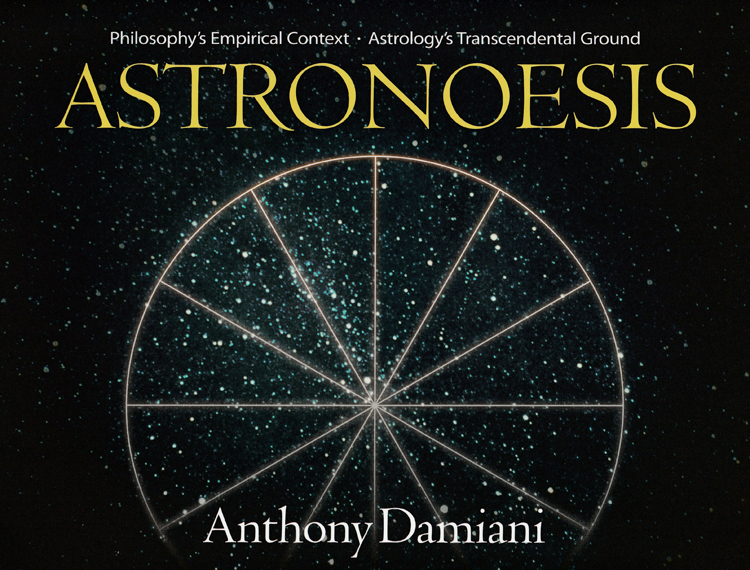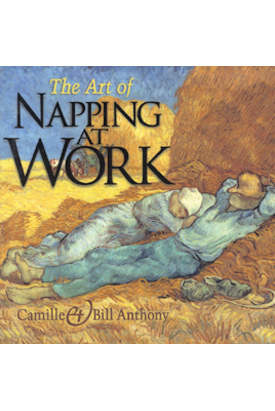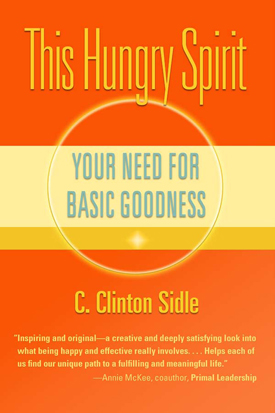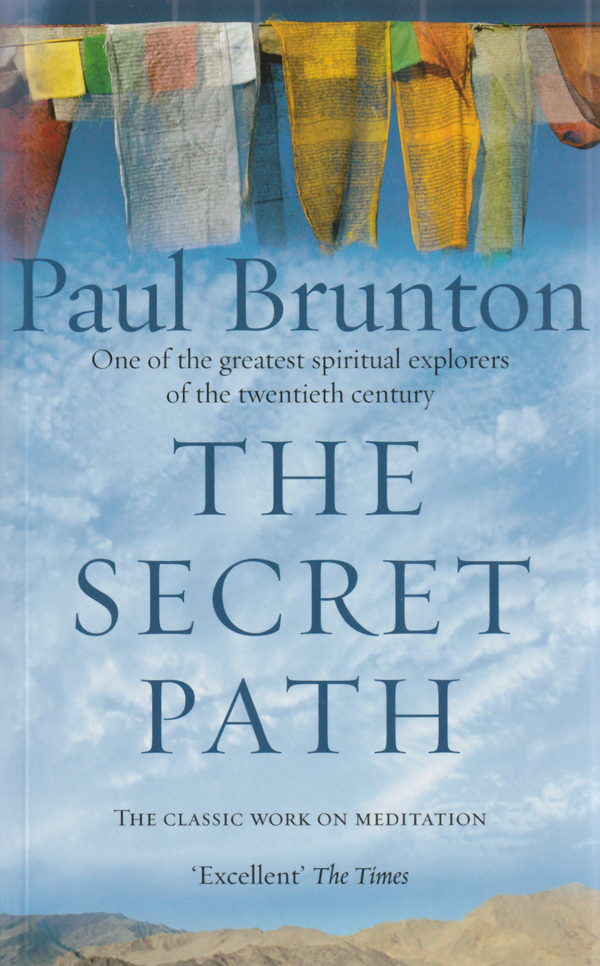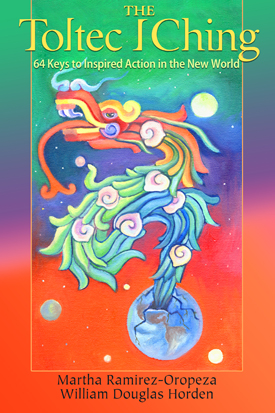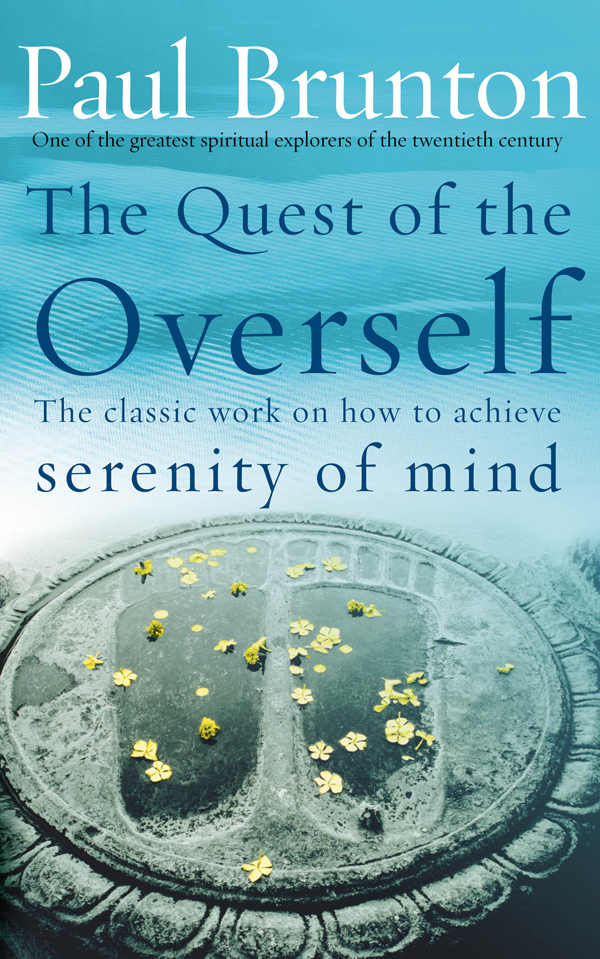The Art of Napping
By William A. Anthony, Ph.D.
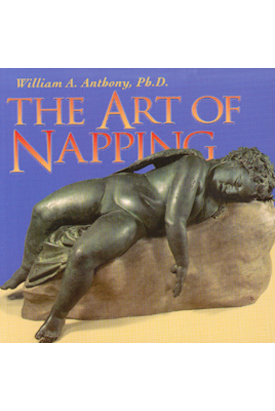
Retail/cover price: $9.95
Our price : $8.96
(You save $0.99!)
About this book:
The Art of Napping
by William A. Anthony, Ph.D.
“There is, in fact, a magic bullet for life. It’s called the daily nap. Read all about it in this very funny book and change your life. Sorry, got to run. It’s time for my nap.”
—Jim Lehrer of The NewsHour
Subjects: Humor, Wellness, Happiness
6 x 6, paperback
96 pages, cartoons throughout
ISBN 10: 0-943914-82-5
ISBN 13: 978-0-943914-82-4
Book Details
“There is, in fact, a magic bullet for life. It’s called the daily nap. Read all about it in this very funny book and change your life. Sorry, got to run. It’s time for my nap.” —Jim Lehrer of The NewsHour
Are you "sleep-deprived," or simply nap-ready?
The masterful Sufi teacher Pir Vilayat Khan told us that if he was very busy he would occasionally miss a meditation, but he would never miss his nap!
Sleep deprivation is a widely publicized national catastrophe—one of the shadowy underbellies of our so-productive national psyche in the States. Overworked idealists are among the greatest sufferers. No wonder you don’t meditate well, study enough, work as well as you’d like, or generate as positive a field as you’d like—you’re exhausted! This lighthearted, humorously illustrated book about a skill that deserves serious attention will lighten your heart, too.
Great nappers include JFK, Winston Churchill, Thomas Edison, Nap-oleon Bonaparte, Johannes Brahms, Jim Lehrer, Bill Clinton, Ronald Reagan, Martha Stewart, and many others that will surprise you as nappers “come out” in our napaphobic culture. Let Bill Anthony amuse and re-invigorate you.
Acknowledgements
1 An Introduction to the World of Napping
2 Nonapapology: The Science of Napping
3 Napping Pride: On Becoming a Napper
4 Nap Management: Getting the Most from Your Nap
5 Famous Nappers: Profiles in Napping
6 A Napping Dictionary: The Vocabulary of Napping
7 A Look Ahead: The Future of Napping
Praise for Bill Anthony and The Art of Napping:
“There is in fact a magic bullet for life. It’s called a daily nap. Read all about it here in this very funny book and change your life. Sorry, got to run. It’s time for my nap!”
—Jim Lehrer, The NewsHour
“The Art of Napping has changed me from a secret napper to an outgoing, up-front napper. . . . After reading Bill Anthony’s book, I nap with confidence and pride in my expertise at doing it.” —Andy Rooney, Tribune Media Services
“Wake up and read this. Then you can nap.” —The Wall Street Journal
“Anthony has become the nation’s favorite wakeup call because sleep-deprived Americans are tired of being tired.” —Sacramento Bee
“The Art of Napping: Tired? Overworked? Stressed out? Try this ancient, no-cost, no-sweat route to health and happiness.” —Yoga Journal
“The Art of Napping is a great hit around the office. This little book covers everything from nap management to the great nappers of history.” —Prevention magazine
“After reading The Art of Napping, Craig Yarde decided to integrate a nap room into the blueprints for his new corporate headquarters.” —U.S. News & World Report
“Napping on the job is nothing to yawn about.” —Toronto Star
“A new American hero has emerged. He’s Boston University professor William Anthony . . .\" —Bridgeport Connecticut Valley Sentinel
“The world’s preeminent nap expert, Boston University’s William Anthony . . . —Boston Business Journal
“Anthony is a consummate napper.” —Associated Press
“William Anthony is one professor who is likely to be understanding when students fall asleep during his lectures.” —The New York Times
1
“Why do I have to take a nap? I'm not tired.” —Scarlett O’Hara in Gone with the Wind
An Introduction to the World of Napping
Scarlett O’Hara indeed had a lot to learn! The quote above captures the most important piece of information that she lacked. Despite her apparent worldliness she didn’t know why she should nap! It’s a question that has plagued our society as well. Many people don’t know about the benefits of napping---another example of forgetting what we learned as children!
Still other people feel guilty about their napping. They hide the fact that they do nap. They might even obstruct the naps of others — an act tantamount to defying the teachings of their own mothers!
I was once told by a policeman that I could not nap in a public place. Most Nap Police are not in uniform, but they are everywhere, masquerading as civilians, doing what they think is their civic duty: waking nappers, making them ashamed of napping, and all without the least understanding of nap etiquette.
Nappism
We live in a nappist society — where napping is discriminated against. This goes on despite the fact that medical researchers say we’re nearly all seriously “sleep-deprived.” Unlike Scarlett, most of us are very tired! How much longer can we support nappism’s tired clichés?
It is time for napping to come out of the closet and take its rightful place in the living room, the workplace, and any place. Napping is bipartisan — it may be the only desirable similarity between presidents Reagan and Clinton. Napping occurs across the age span and around the world. Most mammals nap. Lack of napping behavior is the exception, not the rule. Indeed, a majority of people nap — but they don’t talk about it in public. Napping is a natural, normal, and — dare I say — even a Godlike process.
Napping Role Models
As the Bible says, “on the seventh day . . . God rested.” Even God naps! I suspect that in earlier translations of the Bible the text read that “on the seventh day God nappeth.”
And God is not the only famous napper. Brahms napped at the piano while he composed his famous lullaby. Napoleon napped between battles. Churchill maintained that he had to nap in order to cope with his wartime responsibilities. Geniuses such as Edison and Da Vinci napped. Obviously nappers are in good company.
Thank God for nappers. They know how to get more done and have more fun!
Scientists at the Nappers’ Bedside
Scientists are discovering the awesome power of napping. The science of napping (or what I call No-nap-apology) is providing us with facts about napping. Scientists (no-nap-apologists) who study napping have reported that about 60% of adults nap at least once a week. The time of most naps ranges from fifteen minutes to two hours. Scientific studies have shown that naps can have a positive effect on both mood and performance. It is one of those rare instances where science says that something I like is actually good for me!
While some naps help people overcome their tiredness, other naps occur because people simply like to take naps. Still other naps are used to prepare people for anticipated late nights. Most nappers know experientially that naps feel good and enhance their physical and emotional functioning. Science is concluding empirically what nappers have known for a long time: Napping can be good for your health.
Napping Pride
Yet few people are proud nappers. Most have incorporated the stigma of society into their own napping life. As a result, they can’t discuss napping strategies and personal napping highlights with fellow nappers. They remain silent when people make fun of nappers. They pretend they are meditating when in fact they are napping. They can not converse in the language of napping. They do not know the nap histories of famous nappers. They can not attack the myths of napping that have been perpetrated by our nappist society. They are ashamed to brag about their napping. They believe that you “steal a nap” rather than “revel in a nap.” Nappers must no longer close their eyes to such behavior. It is time for nappers to lie down and be counted!
During the gestation and writing period for The Art of Napping, I have reveled in hundreds of naps. May you as its reader be blessed with many good naps while reading it. . . .
Napaphobic —a person with a deep-seated fear of napping; a person who attempts to inflict his or her disorder on other members of society; a person who tries to make nappers feel guilty and ashamed of their napping.
Napnoozler —a person who is a wannabe proud napper but who deceives people about the importance of napping in his or her life.
Clapper —a person who hides their napping from others; a person who is in the closet about their napping, either figuratively or literally.
Nappism —a characteristic of a society which practices discriminatory behavior and holds prejudicial attitudes against nappers and napping.
Napression —a condition of napaphobics in which the afflicted person attempts to cover up his or her latent desire to nap.
Sleep inertia —an uncomfortable feeling of disorientation or confusion which sometimes occurs upon awakening from a nap; a normal feeling that disappears usually within fifteen minutes.
Nappus interruptus —an interrupted nap due to some person or thing awakening the napper; the pleasurable sensations of napping are abruptly halted--leaving the napper unfulfilled.
Napnostic —a person who doesn’t believe in the healing power of naps.
Naphomaniac —a napper who overdoes a good thing.
Naparcisstic —a conceited napper who needs counseling.
and many more in chapter 6!
Click here for The Art of Napping at Work, by Camille and Bill Anthony

Bill Anthony (now retired) is an expert napper from a family in which napping runs rampant. When he wasn't napping or writing about napping, he spent his waking hours as a professor at Boston University, where he was Executive Director of the Center for Psychiatric Rehabilitation. In addition to The Art of Napping, he has at least another forty publications, has won several awards (including the Outstanding Psychologist Award from the National Alliance for the Mentally Ill) and makes presentations throughout the world. He has appeared on numerous national television shows, including Good Morning America, Nightline, and NBC's Today show.
Book Details
“There is, in fact, a magic bullet for life. It’s called the daily nap. Read all about it in this very funny book and change your life. Sorry, got to run. It’s time for my nap.” —Jim Lehrer of The NewsHour
Are you "sleep-deprived," or simply nap-ready?
The masterful Sufi teacher Pir Vilayat Khan told us that if he was very busy he would occasionally miss a meditation, but he would never miss his nap!
Sleep deprivation is a widely publicized national catastrophe—one of the shadowy underbellies of our so-productive national psyche in the States. Overworked idealists are among the greatest sufferers. No wonder you don’t meditate well, study enough, work as well as you’d like, or generate as positive a field as you’d like—you’re exhausted! This lighthearted, humorously illustrated book about a skill that deserves serious attention will lighten your heart, too.
Great nappers include JFK, Winston Churchill, Thomas Edison, Nap-oleon Bonaparte, Johannes Brahms, Jim Lehrer, Bill Clinton, Ronald Reagan, Martha Stewart, and many others that will surprise you as nappers “come out” in our napaphobic culture. Let Bill Anthony amuse and re-invigorate you.
Acknowledgements
1 An Introduction to the World of Napping
2 Nonapapology: The Science of Napping
3 Napping Pride: On Becoming a Napper
4 Nap Management: Getting the Most from Your Nap
5 Famous Nappers: Profiles in Napping
6 A Napping Dictionary: The Vocabulary of Napping
7 A Look Ahead: The Future of Napping
Praise for Bill Anthony and The Art of Napping:
“There is in fact a magic bullet for life. It’s called a daily nap. Read all about it here in this very funny book and change your life. Sorry, got to run. It’s time for my nap!”
—Jim Lehrer, The NewsHour
“The Art of Napping has changed me from a secret napper to an outgoing, up-front napper. . . . After reading Bill Anthony’s book, I nap with confidence and pride in my expertise at doing it.” —Andy Rooney, Tribune Media Services
“Wake up and read this. Then you can nap.” —The Wall Street Journal
“Anthony has become the nation’s favorite wakeup call because sleep-deprived Americans are tired of being tired.” —Sacramento Bee
“The Art of Napping: Tired? Overworked? Stressed out? Try this ancient, no-cost, no-sweat route to health and happiness.” —Yoga Journal
“The Art of Napping is a great hit around the office. This little book covers everything from nap management to the great nappers of history.” —Prevention magazine
“After reading The Art of Napping, Craig Yarde decided to integrate a nap room into the blueprints for his new corporate headquarters.” —U.S. News & World Report
“Napping on the job is nothing to yawn about.” —Toronto Star
“A new American hero has emerged. He’s Boston University professor William Anthony . . .\" —Bridgeport Connecticut Valley Sentinel
“The world’s preeminent nap expert, Boston University’s William Anthony . . . —Boston Business Journal
“Anthony is a consummate napper.” —Associated Press
“William Anthony is one professor who is likely to be understanding when students fall asleep during his lectures.” —The New York Times
1
“Why do I have to take a nap? I'm not tired.” —Scarlett O’Hara in Gone with the Wind
An Introduction to the World of Napping
Scarlett O’Hara indeed had a lot to learn! The quote above captures the most important piece of information that she lacked. Despite her apparent worldliness she didn’t know why she should nap! It’s a question that has plagued our society as well. Many people don’t know about the benefits of napping---another example of forgetting what we learned as children!
Still other people feel guilty about their napping. They hide the fact that they do nap. They might even obstruct the naps of others — an act tantamount to defying the teachings of their own mothers!
I was once told by a policeman that I could not nap in a public place. Most Nap Police are not in uniform, but they are everywhere, masquerading as civilians, doing what they think is their civic duty: waking nappers, making them ashamed of napping, and all without the least understanding of nap etiquette.
Nappism
We live in a nappist society — where napping is discriminated against. This goes on despite the fact that medical researchers say we’re nearly all seriously “sleep-deprived.” Unlike Scarlett, most of us are very tired! How much longer can we support nappism’s tired clichés?
It is time for napping to come out of the closet and take its rightful place in the living room, the workplace, and any place. Napping is bipartisan — it may be the only desirable similarity between presidents Reagan and Clinton. Napping occurs across the age span and around the world. Most mammals nap. Lack of napping behavior is the exception, not the rule. Indeed, a majority of people nap — but they don’t talk about it in public. Napping is a natural, normal, and — dare I say — even a Godlike process.
Napping Role Models
As the Bible says, “on the seventh day . . . God rested.” Even God naps! I suspect that in earlier translations of the Bible the text read that “on the seventh day God nappeth.”
And God is not the only famous napper. Brahms napped at the piano while he composed his famous lullaby. Napoleon napped between battles. Churchill maintained that he had to nap in order to cope with his wartime responsibilities. Geniuses such as Edison and Da Vinci napped. Obviously nappers are in good company.
Thank God for nappers. They know how to get more done and have more fun!
Scientists at the Nappers’ Bedside
Scientists are discovering the awesome power of napping. The science of napping (or what I call No-nap-apology) is providing us with facts about napping. Scientists (no-nap-apologists) who study napping have reported that about 60% of adults nap at least once a week. The time of most naps ranges from fifteen minutes to two hours. Scientific studies have shown that naps can have a positive effect on both mood and performance. It is one of those rare instances where science says that something I like is actually good for me!
While some naps help people overcome their tiredness, other naps occur because people simply like to take naps. Still other naps are used to prepare people for anticipated late nights. Most nappers know experientially that naps feel good and enhance their physical and emotional functioning. Science is concluding empirically what nappers have known for a long time: Napping can be good for your health.
Napping Pride
Yet few people are proud nappers. Most have incorporated the stigma of society into their own napping life. As a result, they can’t discuss napping strategies and personal napping highlights with fellow nappers. They remain silent when people make fun of nappers. They pretend they are meditating when in fact they are napping. They can not converse in the language of napping. They do not know the nap histories of famous nappers. They can not attack the myths of napping that have been perpetrated by our nappist society. They are ashamed to brag about their napping. They believe that you “steal a nap” rather than “revel in a nap.” Nappers must no longer close their eyes to such behavior. It is time for nappers to lie down and be counted!
During the gestation and writing period for The Art of Napping, I have reveled in hundreds of naps. May you as its reader be blessed with many good naps while reading it. . . .
Napaphobic —a person with a deep-seated fear of napping; a person who attempts to inflict his or her disorder on other members of society; a person who tries to make nappers feel guilty and ashamed of their napping.
Napnoozler —a person who is a wannabe proud napper but who deceives people about the importance of napping in his or her life.
Clapper —a person who hides their napping from others; a person who is in the closet about their napping, either figuratively or literally.
Nappism —a characteristic of a society which practices discriminatory behavior and holds prejudicial attitudes against nappers and napping.
Napression —a condition of napaphobics in which the afflicted person attempts to cover up his or her latent desire to nap.
Sleep inertia —an uncomfortable feeling of disorientation or confusion which sometimes occurs upon awakening from a nap; a normal feeling that disappears usually within fifteen minutes.
Nappus interruptus —an interrupted nap due to some person or thing awakening the napper; the pleasurable sensations of napping are abruptly halted--leaving the napper unfulfilled.
Napnostic —a person who doesn’t believe in the healing power of naps.
Naphomaniac —a napper who overdoes a good thing.
Naparcisstic —a conceited napper who needs counseling.
and many more in chapter 6!
Click here for The Art of Napping at Work, by Camille and Bill Anthony
About William A. Anthony, Ph.D.

Bill Anthony (now retired) is an expert napper from a family in which napping runs rampant. When he wasn't napping or writing about napping, he spent his waking hours as a professor at Boston University, where he was Executive Director of the Center for Psychiatric Rehabilitation. In addition to The Art of Napping, he has at least another forty publications, has won several awards (including the Outstanding Psychologist Award from the National Alliance for the Mentally Ill) and makes presentations throughout the world. He has appeared on numerous national television shows, including Good Morning America, Nightline, and NBC's Today show.
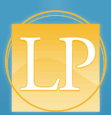
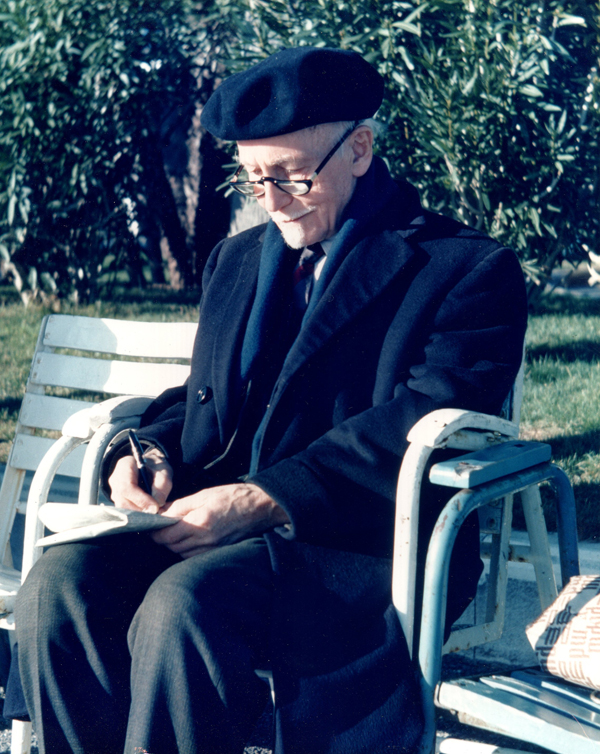
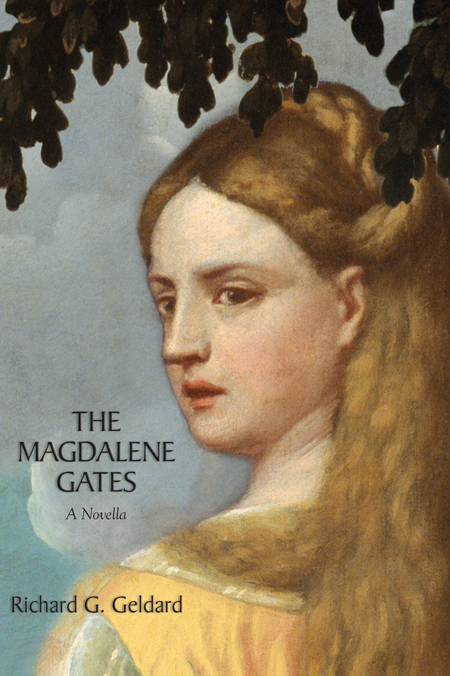
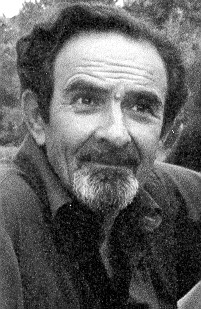
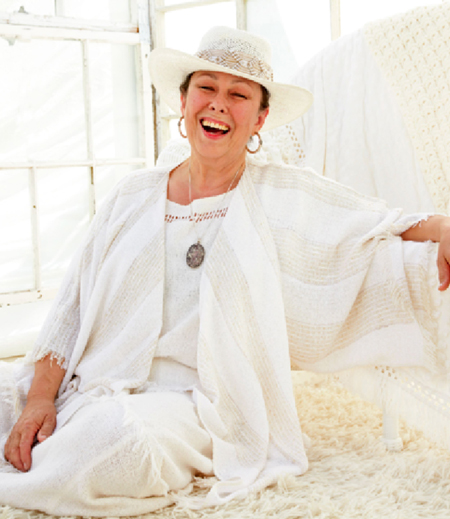

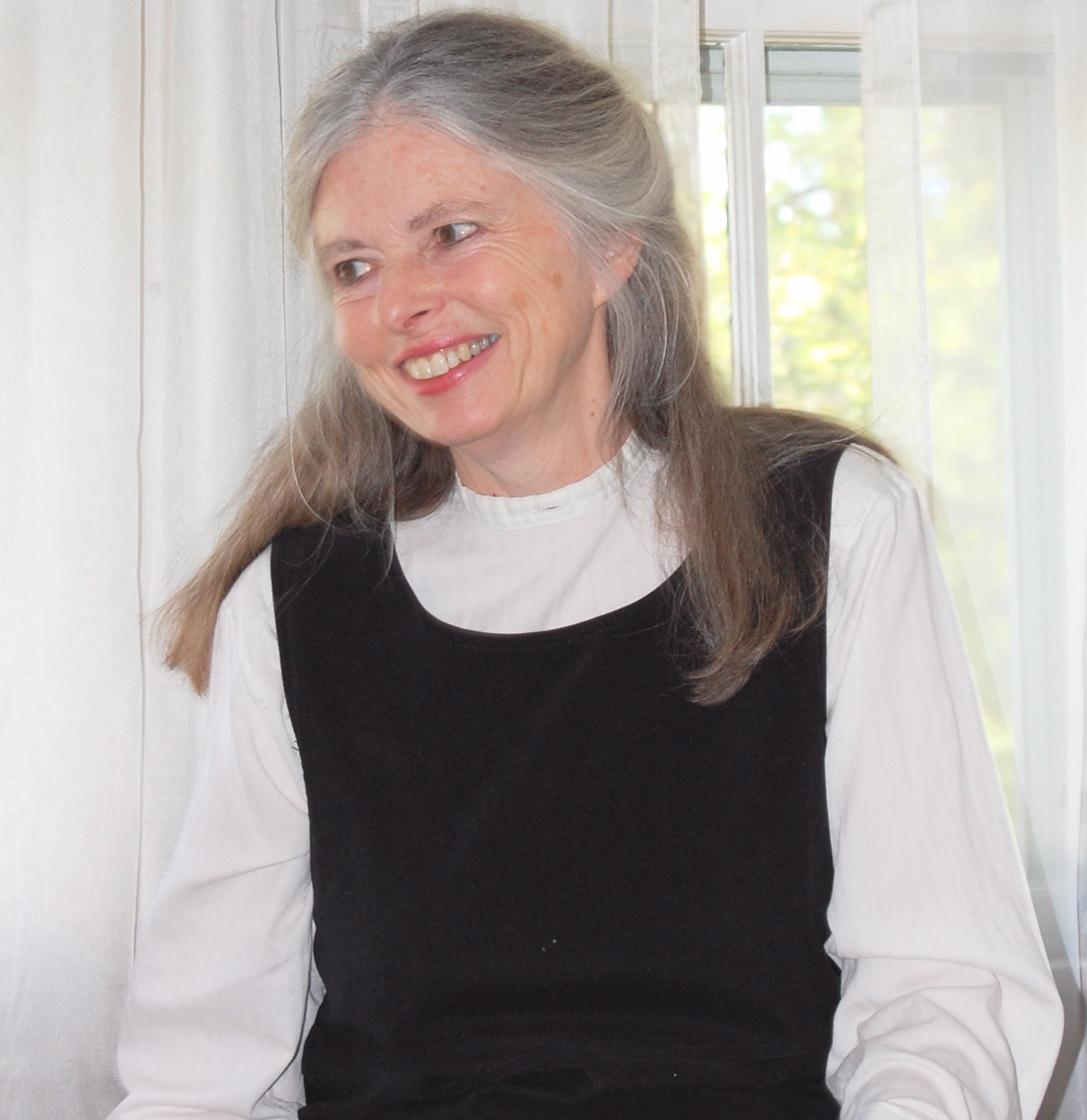
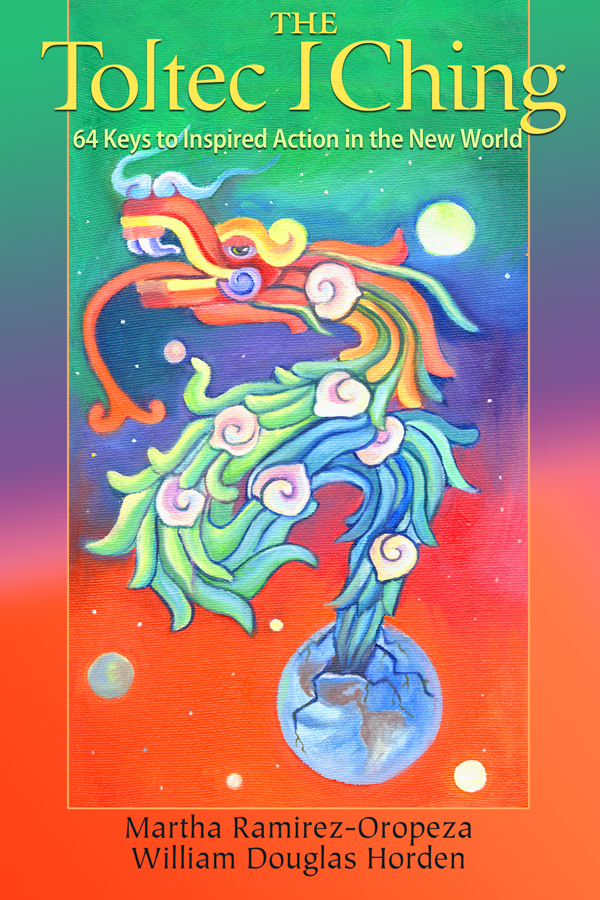
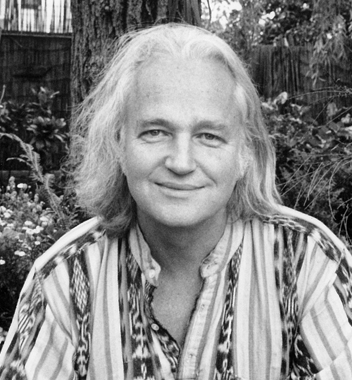
.jpg)
